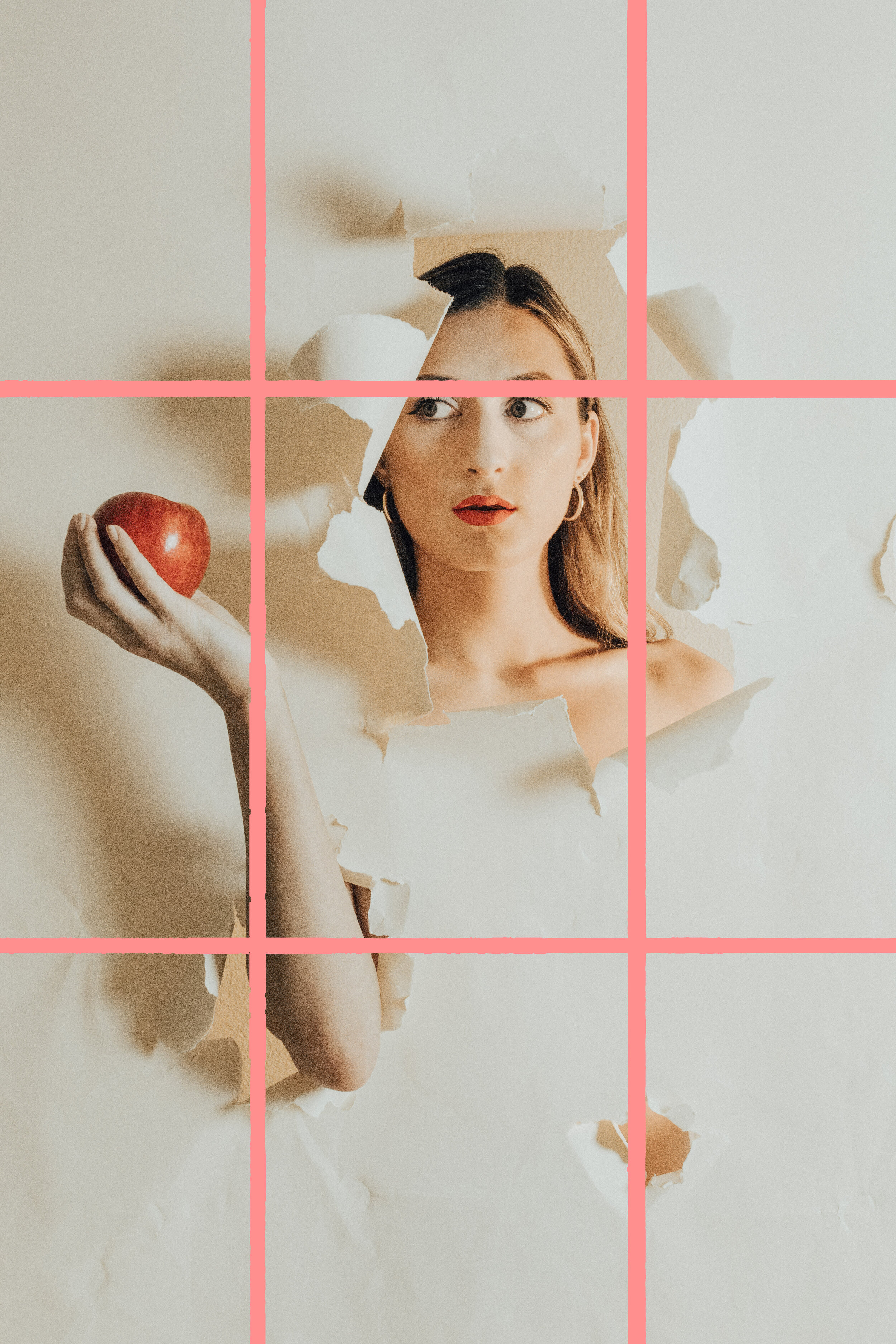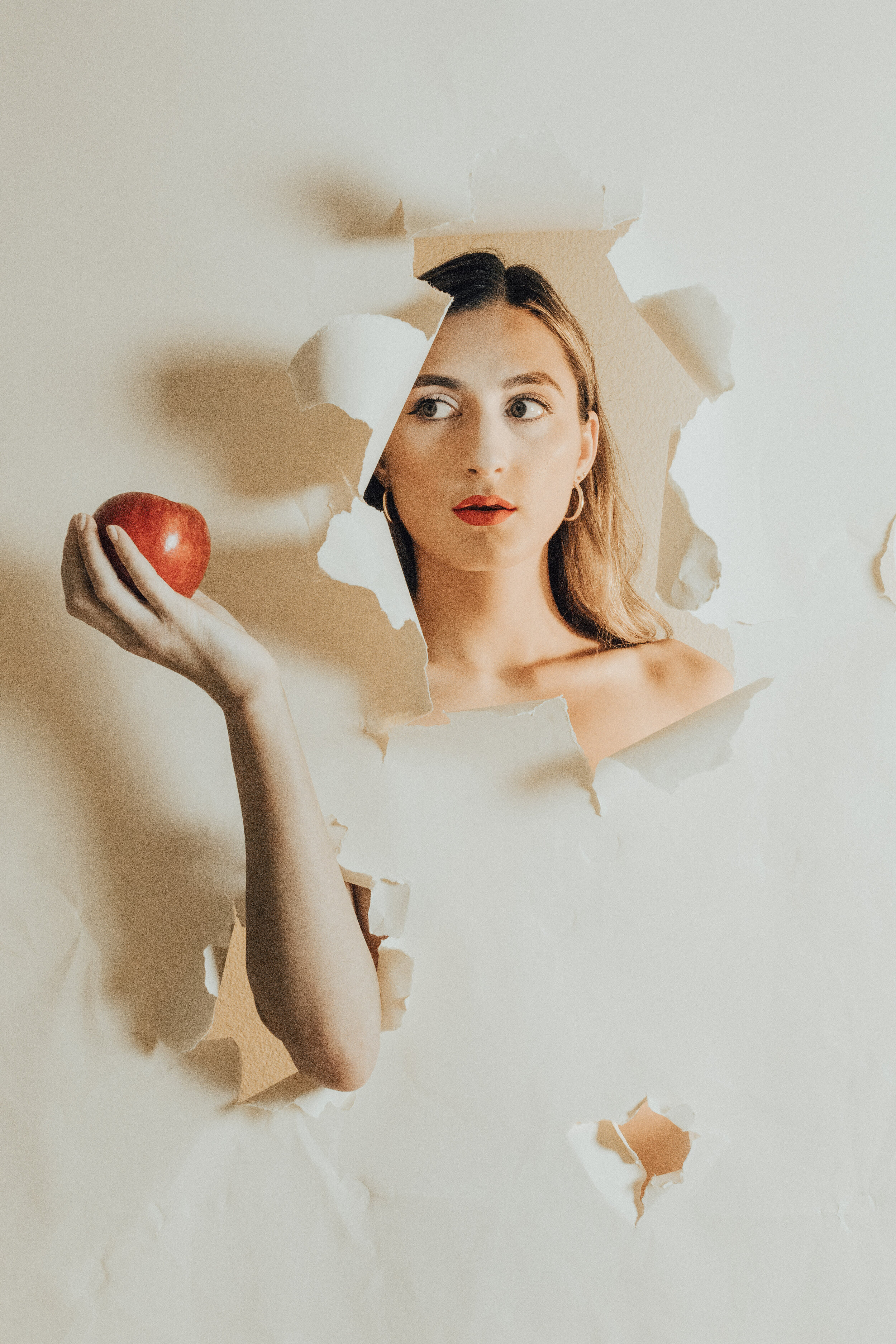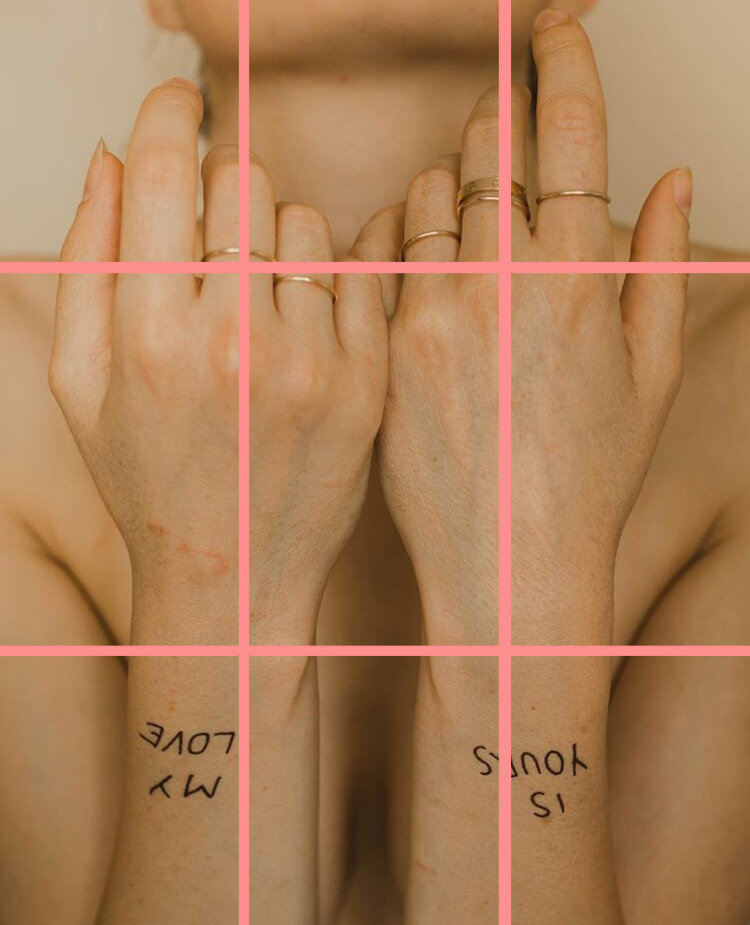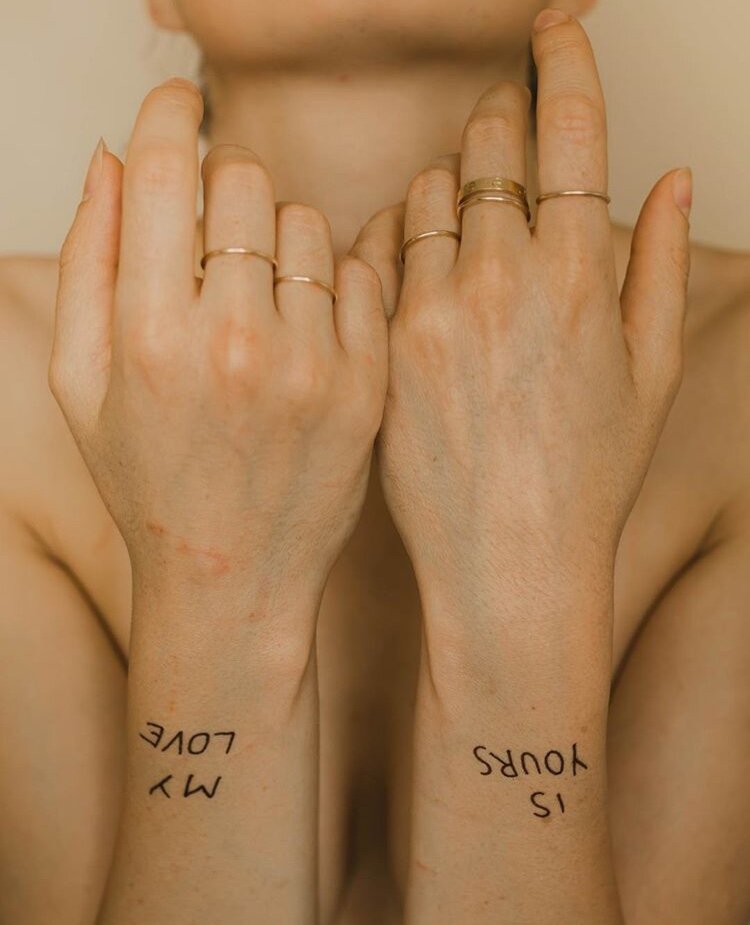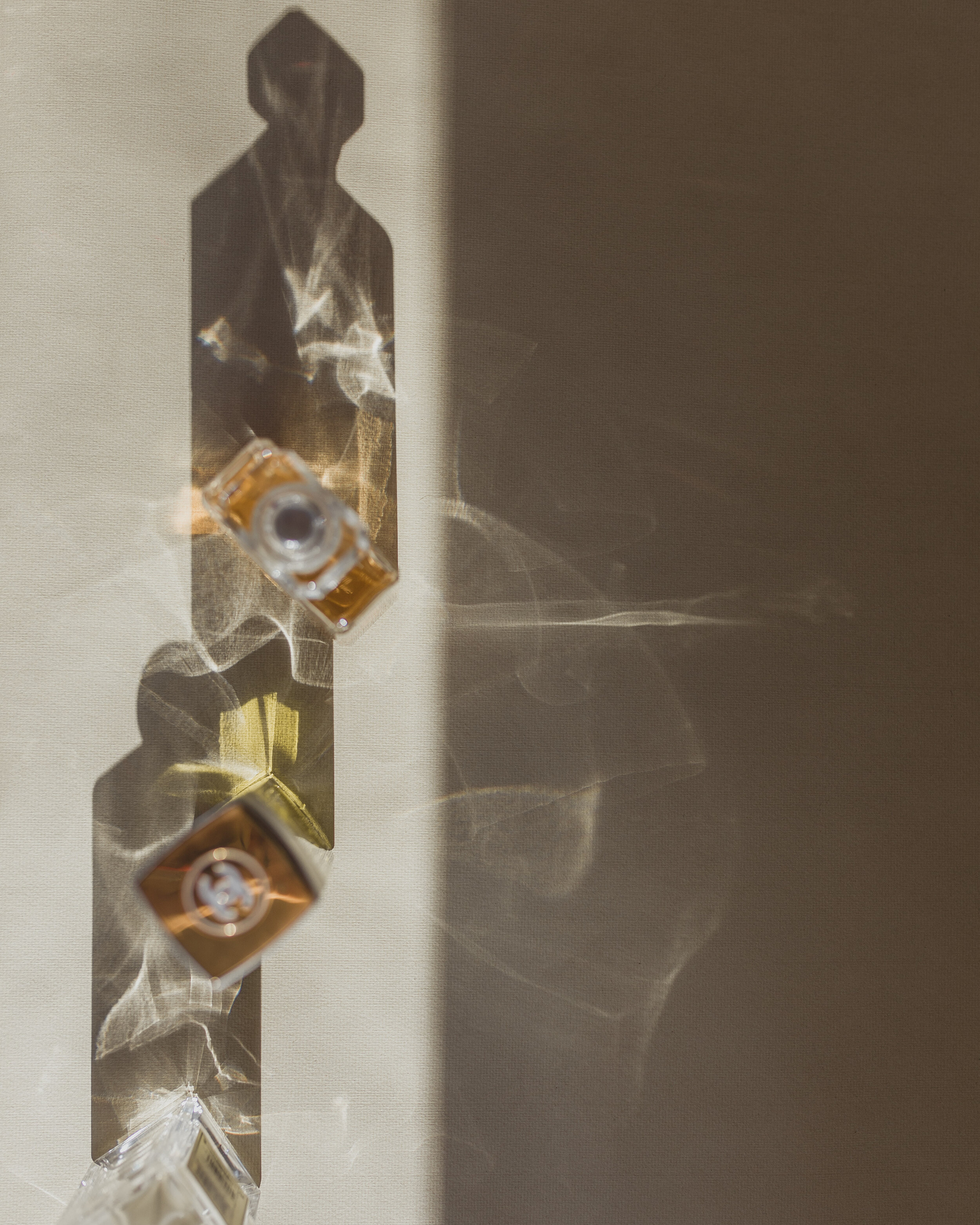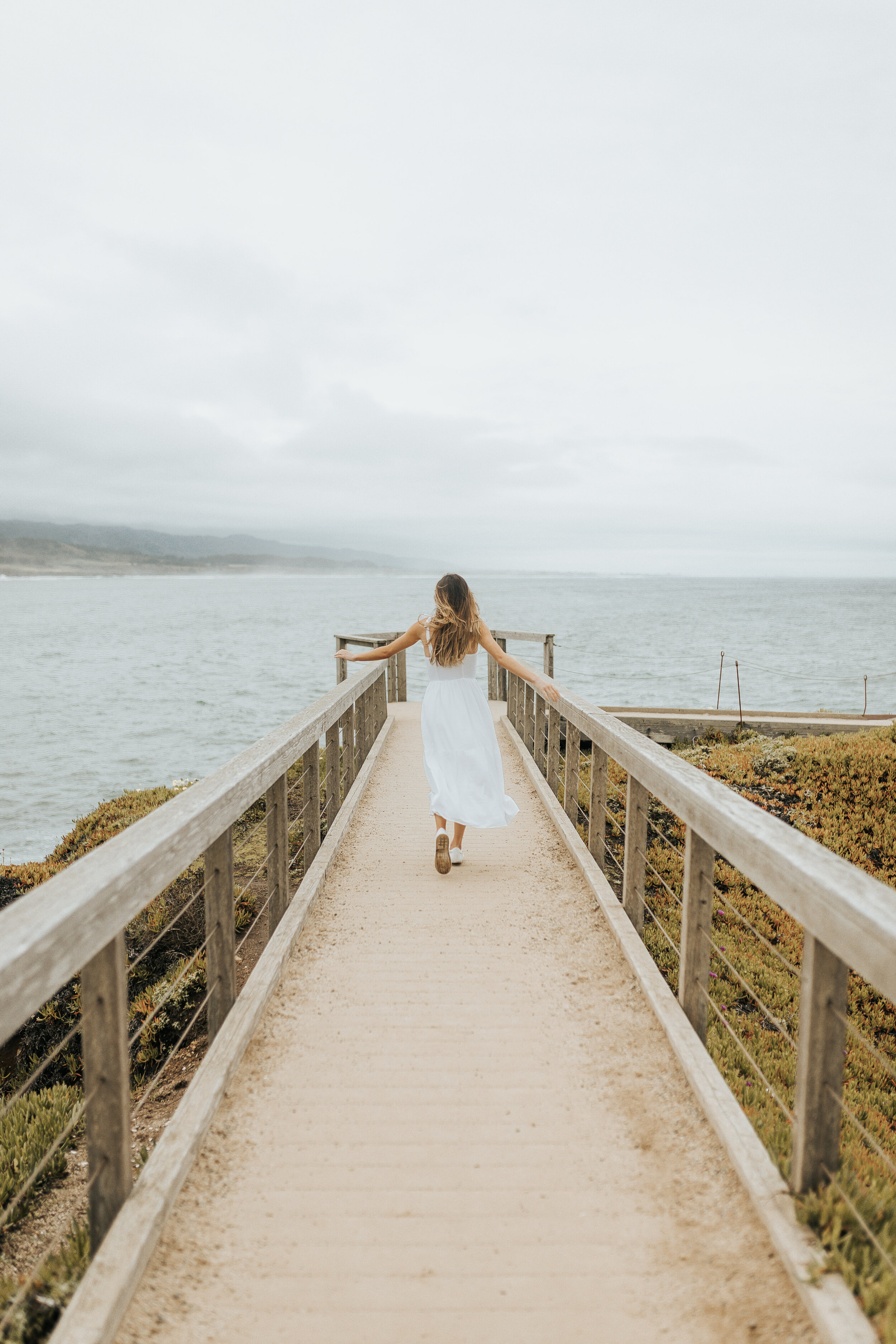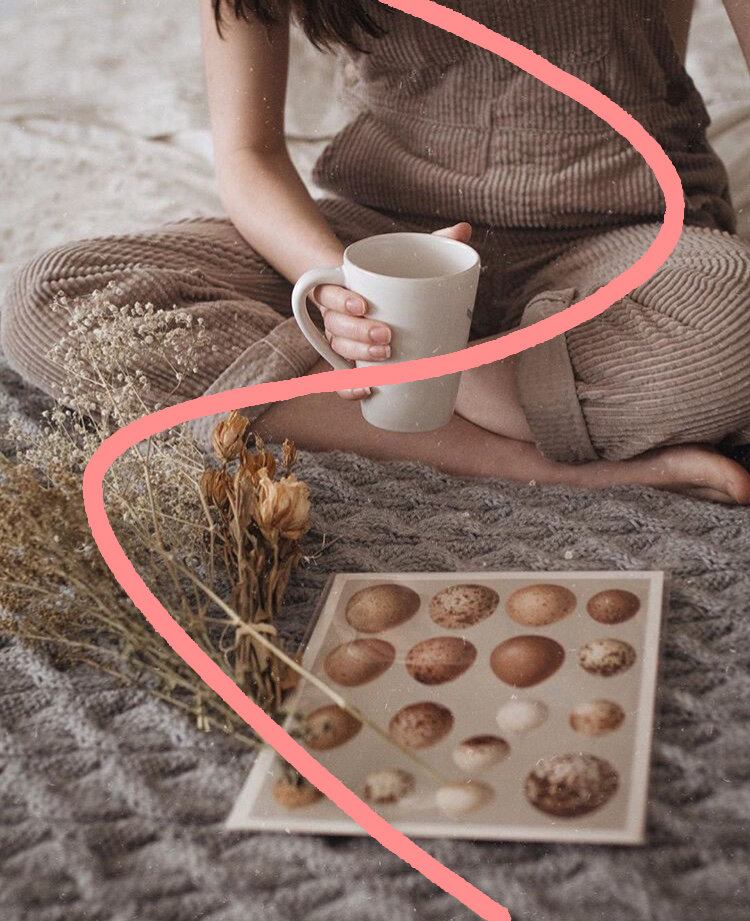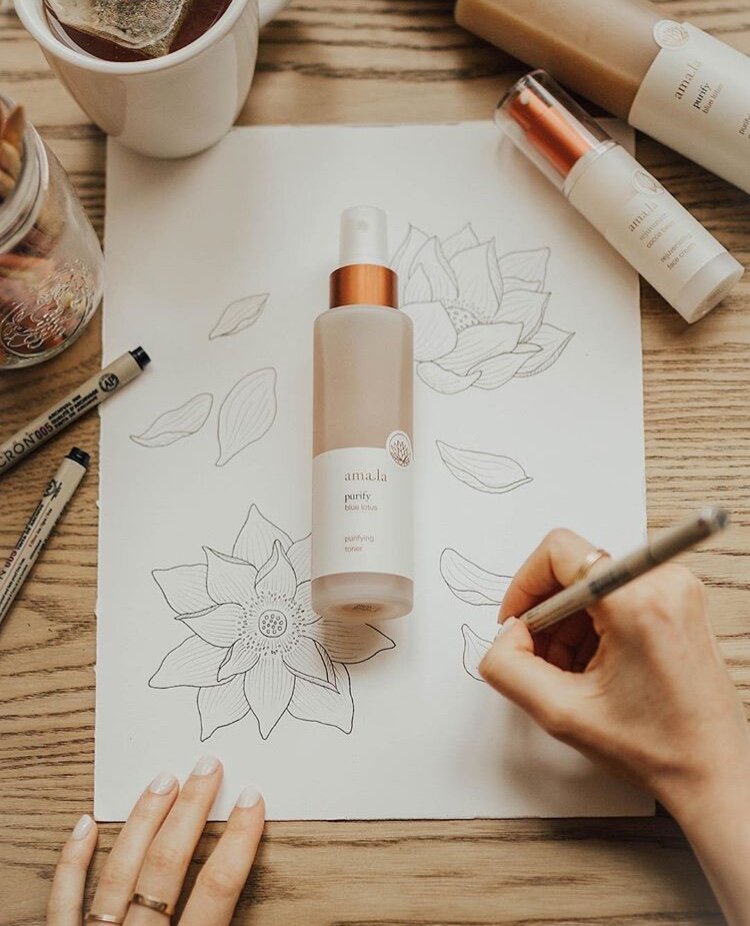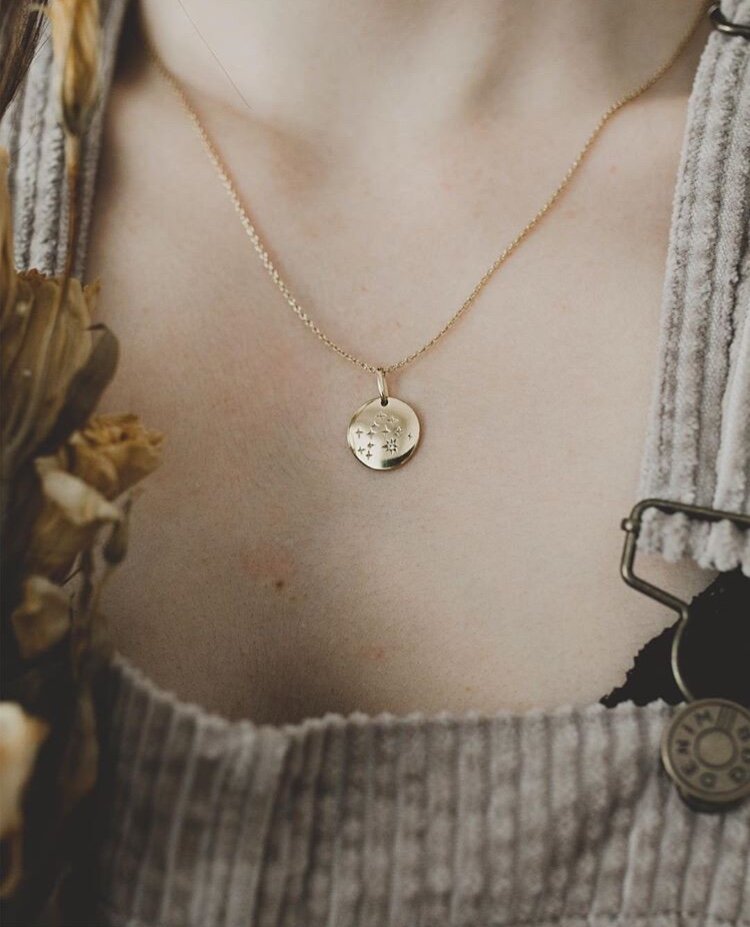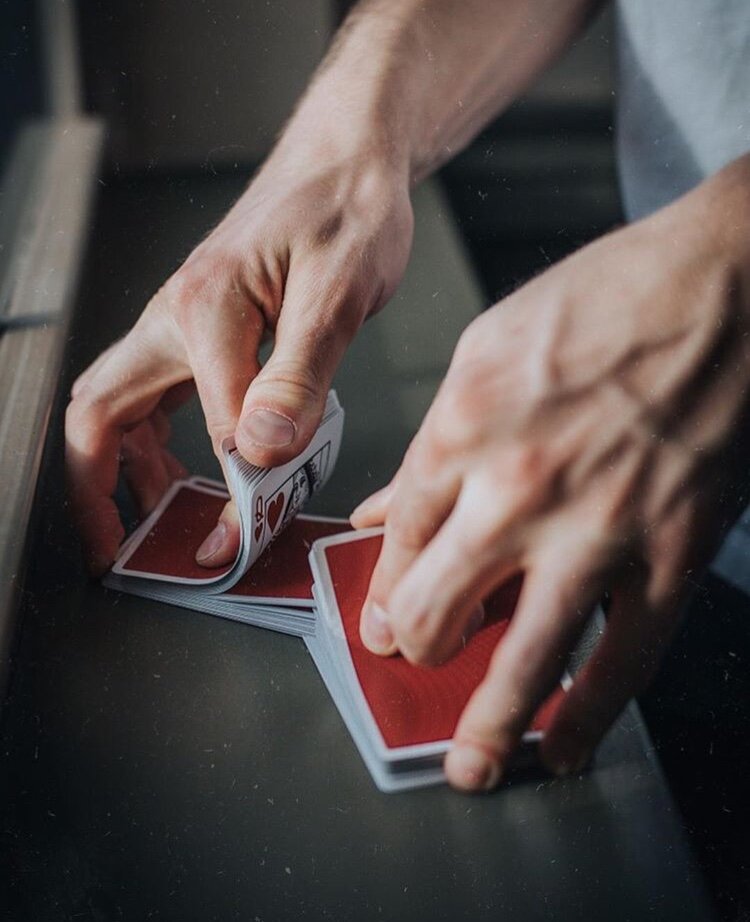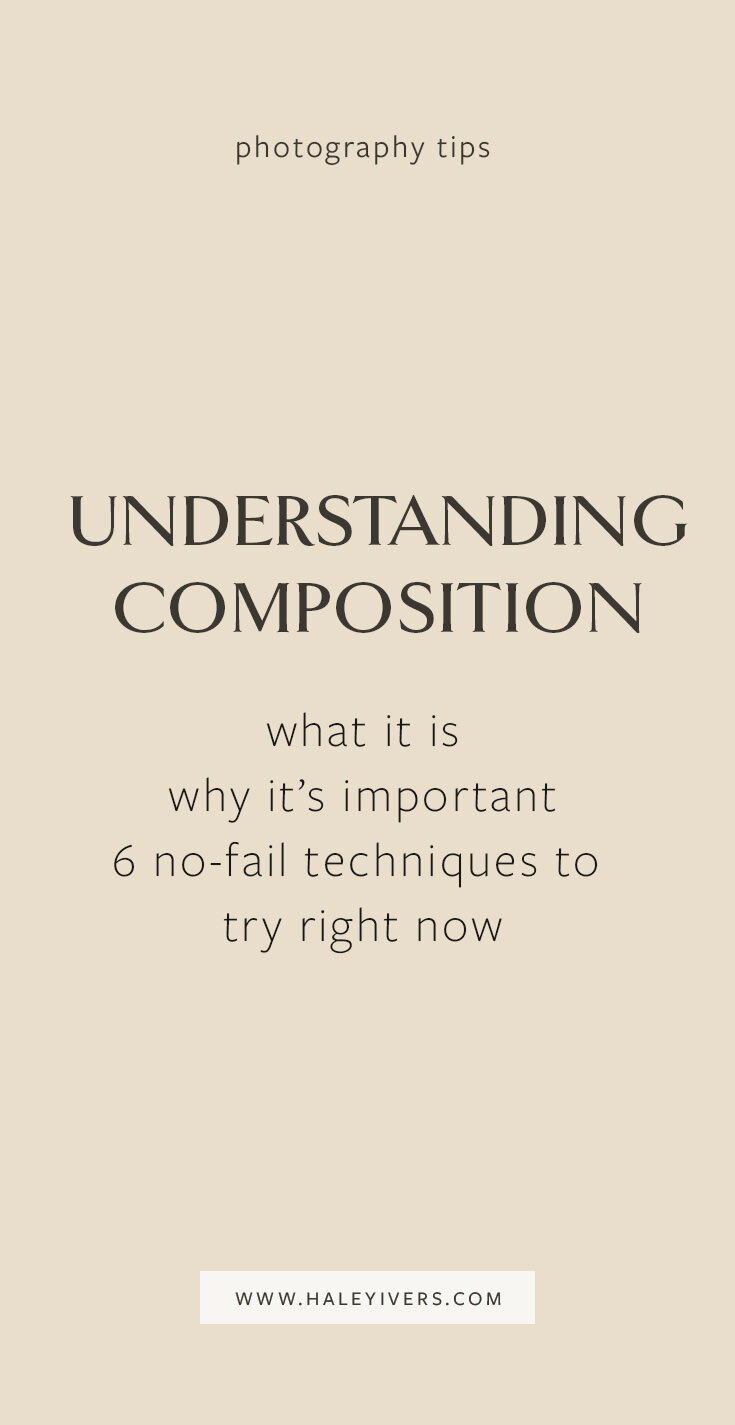Photography Basics: Understanding Composition
Now that you have mastered how to shoot in manual mode and downloaded your free printable manual mode cheat sheet, it’s time to learn how to master composition.
A thorough understanding of composition is crucial for your photos to be successful. Composition is one of those things that can level up your photography considerably, or on the flip side, reveal your lack of skill. You see, poor composition can cause tension and make someone spend less time looking at your photograph. Alternatively, amazing composition can pull a person in, entice them, direct their eye, and because the way you’ve framed your photograph, it can establish you as proficient photographer.
In this blog post, I’m going to explain what composition is, why it matters, and 6 no-fail composition techniques you can try now to level up your photography.
What is Composition?
The composition of a photo refers to how the various elements in the photo are arranged within the entire photograph.
A photograph can be composed of either one technique or it can be combined with multiple techniques, which you will see in the examples below.
Why Does Composition Matter?
Every photographer will tell you how crucial it is to understand composition. It can make or break your photo instantly. You can have the best camera, a super dope new lens, and a thorough understanding of how to edit in Lightroom, but if you don’t understand the basics of composing a photograph, it could be detrimental to the work you are producing.
The goal of composing your photo “properly” is to make your photo appealing to the eye and to not cause unwanted tension. It is also used for directing the viewer’s attention to something in the photograph.
I use the word “properly” lightly because when it comes down to it, there aren’t any rules when it comes to photography. There are really useful guidelines though and when you follow these guidelines, they will help you improve your photography skills.
Below you will find some guidelines on different composition techniques.
What Are Some Composition Techniques I Can Try Now?
Rule of Thirds
The Rule of Thirds is the golden technique when it comes to composition. Eventually, this technique will become so automatic for you every time you pick up a camera. It’s a no-fail way to compose a photo successfully.
Basically, you are dividing up your photograph into thirds going horizontally and vertically and placing your subjects along those intersecting lines or in the boxes.
This technique gives your viewer a sense of balance, harmony and ease when looking at your photograph.
Lines
Understanding how to use lines in your photograph can result in a powerful image. Not only does it offer visual interest, but it also offers direction.
Examples of lines include: vertical, horizontal, diagonal, and curved.
S-Curve
This is one of my favorites. The S-Curve is when the elements in your photo are arranged in an S-shape.
This can include products/food arranged in this shape, the position of a model’s body (ex: right shoulder down with weight on the right hip), or an actual S-shape like a winding road.
I think an S-Curve is the most successful when used with product/food photography.
Symmetry
Symmetry is when the photograph is split down the center and both sides mirror each other. This gives a sense of balance, perfection even, but it can also have negative effects like feeling a little boring because it’s too perfect and expected.
When I approach taking a symmetrical photo, I tend to lean towards “imperfect” symmetry to add a little bit more interest.
For example, the sand dunes in the left photo are not perfectly mirrored if you split the photo down the center. Similarly with the right photo, while the product and paper are centered and mirrored if split down the center, the drawing and surrounding elements are all different.
Framing
This is another one of my favorites. Framing your subject with other elements can be extremely visually interesting! This can be done either naturally with what’s already in your environment or you can bring something in, like a leaf, your hands, or any prop to frame something yourself.
My tip: When visiting tourist attractions, use interesting framing to make your photos stand out from everyone else’s!
Depth of Field
I wanted to include Depth of Field in this list of composition techniques because I think it holds value when paired with the other techniques.
A shallow depth of field (low F-stop) can suggest what your viewer should focus on very directly.
A deeper depth of field (high F-stop) has everything in focus, which allows you to combine other techniques mentioned above such as leading lines, S-Curve, symmetry, and/or framing to enhance the photograph and guide the viewer’s attention.
You’re not done yet. It’s homework time!
Identify different types of composition in any photos you might see today. There may be multiple techniques combined, like some of my photos up above ;) so keep an eye out!
Now, the fun part: Create one of each composition. This doesn’t have to be fancy or professional. The idea is to make yourself aware of these techniques and to apply them even if it’s in the most basic way.
Bonus: Share all 6 photos in a collage on your Instagram story, celebrate your accomplishment (!!!), and add #haleytaughtme and @haleyivers so I can share it on my Instagram story!


